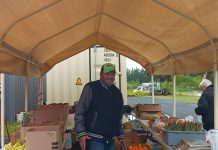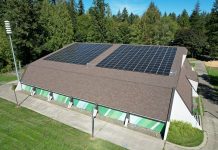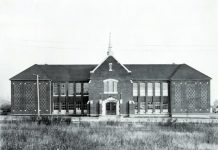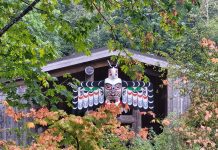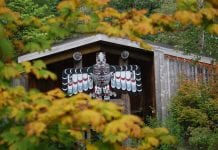John J. Geddes wrote, “Freshly cut Christmas trees smelling of stars and snow and pine resin – inhale deeply and fill your soul with wintry night.”
There’s just something magical about a freshly cut Christmas tree. And no one understands this better than our local Lewis County tree farmers. For them, growing Christmas trees is not only good business but also their way of sharing that special Christmas magic with others.
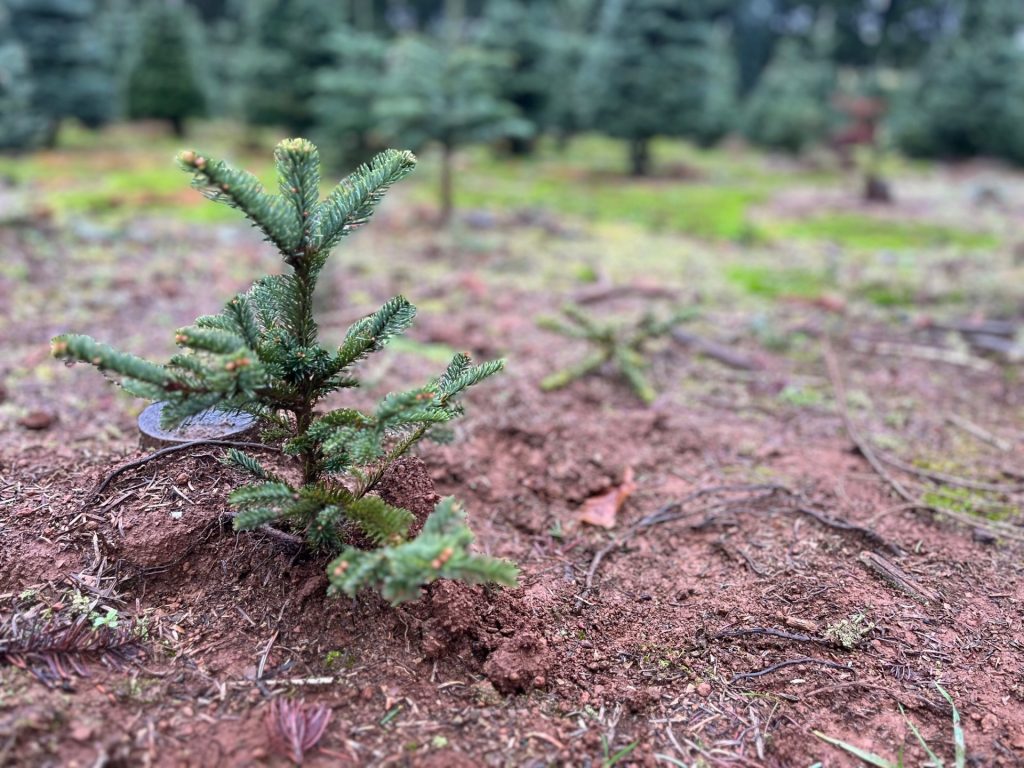
Lewis County is Christmas Tree Country
The foothills of the Cascades and the picturesque river valleys provide the perfect climate and rich soil for cultivating these holiday evergreens. That’s why you’ll see Christmas tree farms on many of our highways and byways, from Morton to Mossyrock and Winlock to Adna. In fact, Lewis County is ranked the top producer of Christmas trees in Washington!
According to the Washington State Department of Agriculture (WSDA), the most popular Christmas tree grown in Lewis County is the noble fir. Other favorites are Douglas firs, grand firs, Fraser firs and Nordmann firs. Many local trees travel hundreds of miles across the country from California to Florida. Others are exported to overseas destinations like Hawaii, Mexico, Asia and U.S. military bases worldwide. Evergreens grown right here in Lewis County have traveled to the White House and as far away as Japan, Hong Kong and Singapore!

Growing Christmas Trees is a Labor of Love
“So, how long does it take to grow a Christmas tree?” That’s one of the questions Mossyrock tree farmer Chris Aldrich often gets asked. According to Aldrich, growing a six-foot Nordmann fir tree takes about 8 to 10 years. But it requires more than just time to cultivate a beautiful holiday centerpiece. It takes planning, hard work and a whole lot of love.
A third-generation farmer, Aldrich has been in the Christmas tree business since he was 14. Today, his wholesale company, Natives Northwest, includes about 200 acres in Mossyrock, Cinebar and Silvercreek. Each fall, Aldrich and his crew harvest and sell about 15 to 20,000 Christmas trees.
During harvest time, Aldrich takes over a month off from his day job at RB Engineering to focus on getting his Christmas trees ready to ship to retailers in the Puget Sound area and across the country. The Christmas season also means busy weekends for his wife, Jennifer, who not only holds a full-time job but also helps with the family business. “I start playing Christmas music in September,” she admits. “It’s my happy place.” Their teenage son also pitches in, selling cut trees in the Aldrich Family Christmas Tree Barn to raise money for college. Despite the long hours and sacrifices they all make to keep the farm running, Jennifer embraces the busy season. “I love the joy it gives other people.”
Pat Murphy of Mistletoe Tree Farm in Adna has been in the Christmas tree business for over 36 years. “Even when times are tough, people still go get a tree. It’s tradition,” said Murphy. That sense of tradition means predictable and dependable sales for his large wholesale business, which includes about 190 acres of trees. Tradition is also a big reason why Murphy and his family set aside a portion of their land for folks to come and cut their own trees. Their popular Adna U-cut tree farm includes all the Christmas feels, an idyllic setting, coffee, hot cocoa and Santa. “As busy and stressful as it can be, the best part is watching little kids get excited to pick out their tree and see Santa,” said Murphy. “Some of those kids are now grown-ups bringing their own kids.”
Aldrich and Murphy are two of 11 WSDA-licensed Christmas Tree growers in Lewis County and also belong to the Pacific Northwest Christmas Tree Association. The association offers expert guidance, networking opportunities, market visibility and support. Nobody understands the industry better than fellow tree growers. “Some customers have this idea that running a Christmas tree farm is easy. Others think all real Christmas trees come from the forest. They don’t realize that our trees are actually grown and cultivated on farms,” said Murphy.

How to Grow a Christmas Tree
The process of growing Christmas trees begins well before the first seedling is planted. It starts with choosing the right land. Ideally, the trees are grown on level or slightly sloped land open to full sun with well-drained soil and the correct pH. It also involves a lot of prep work, such as putting in roads, preparing the ground, addressing weed problems and testing and adjusting the soil nutrient balance.
Tree growers also prepare a long-range plan, which includes dividing their property into fields and planting a new crop each year until they establish their whole property in a rotation. It’s a process that could take 8 to 10 years before they see any return on their efforts.
Next, they need to determine where they want to market their trees, in the U.S. or overseas, and which species of trees they want to grow. Thanks to years of research, tree farmers today have access to quality seedlings with superior genetic traits that produce some of the finest Christmas trees in the world. Many farmers order their seedlings at least a year in advance to secure the best stock types and most desirable species.
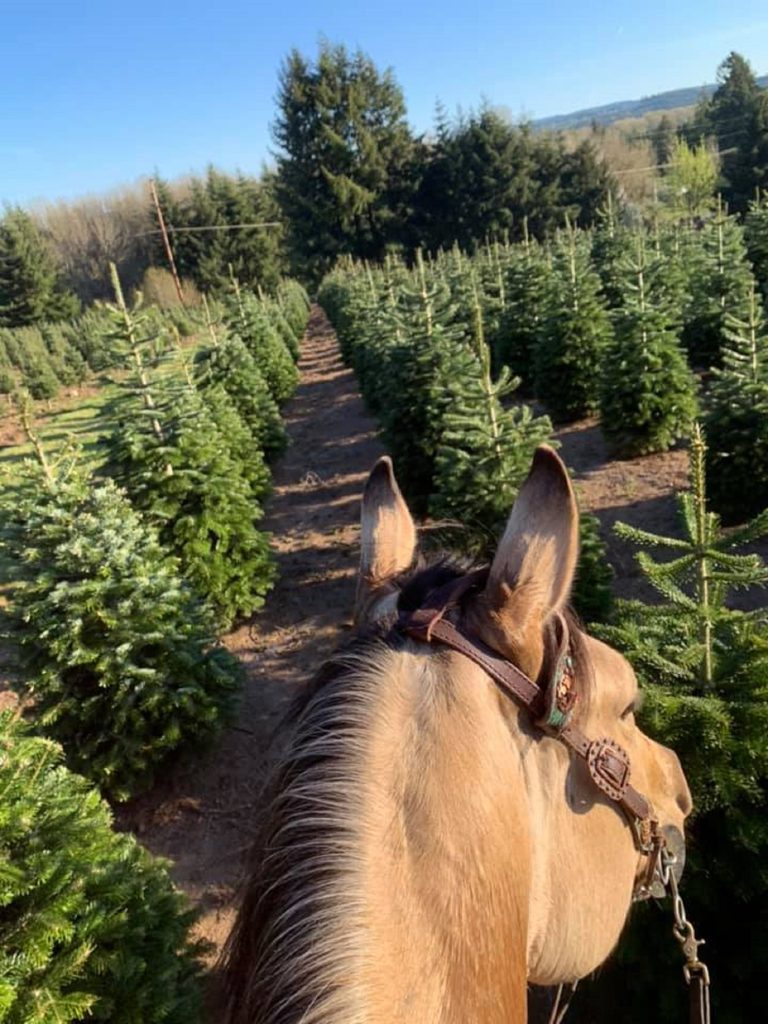
Once the ground is ready, the planting begins. This usually happens in late winter or early spring and can be done by hand or machine, depending on the size of the farm and topography. Seedlings are arranged in straight rows and spaced according to the tree size at harvest time. For example, trees that will be cut at 6 to 7 feet tall typically need to be spaced at least 5 feet apart. Planting too close together makes managing trees more difficult and can increase pest problems.
After planting, tree farmers spend the rest of springtime battling weeds. This is especially crucial the first few years after planting when weeds compete with new seedlings for light, nutrients, water and space. Farmers control unwanted vegetation through light tilling, mowing and WSDA-approved herbicides.
Weeds aren’t the only problem. Tree growers also contend with insects, fungal diseases and environmental challenges. “Aphids are the number one problem for tree growers,” said Aldrich. “They can really affect the quality of the trees.” Other pesky insects include adelgids, mites, moths, weevils, budworms and cone worms. Fungal diseases can also wreak havoc on evergreen trees, causing yellowing, needle loss, needle rust, or root rot. Not surprisingly, tree growers must remain vigilant, looking for early signs of these pests and treating them quickly.
During the summer, farmers focus on culturing the trees. Culturing involves pruning trees by hand to increase their foliage and give them that perfect Christmas tree shape. Growers begin shaping trees during the second half of their life when trees are about 4 to 5 years old or 2 to 4 feet high and continue for several years until the trees are ready to harvest.
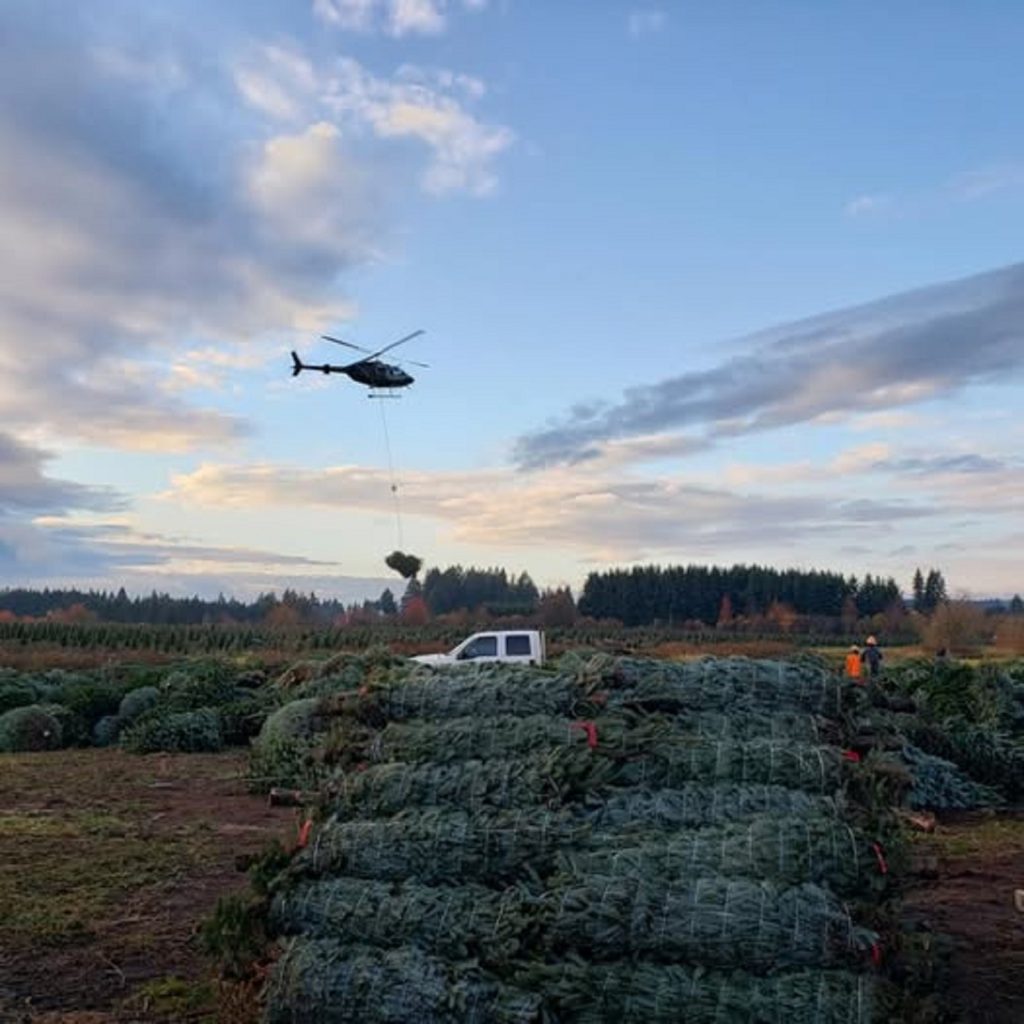
In the fall, things really start hopping on a Christmas tree farm. It’s by far the busiest season for growers, especially wholesalers who need to get tens of thousands of trees ready for shipping. At Natives Northwest, Aldrich hires extra seasonal help during harvest time, which for him is about mid-October through early December. Growers who plan to ship overseas must get an even earlier start to account for inspection time, pest treatment and a longer shipping period. U-pick and U-cut retail farms typically open right after Thanksgiving and remain open into December. Murphy hires local kids from Adna High School to help run his seasonal U-cut farm.
Once Christmas is past, tree growers can finally catch their breath. January and February tend to be slower and quieter on the farm. But even during the winter downtime, there is still plenty of work, from spreading lime and cleaning up the fields to maintaining and winterizing equipment. Then, when spring rolls around, the cycle begins all over again. “It’s a full-time job,” said Murphy. “There’s always something to do year-round.”

Fun Facts About Real Christmas Trees
No doubt about it, growing real Christmas trees takes a lot of hard work. But is it worth it? According to the Pacific Northwest Christmas Tree Association, it is!
- Real Christmas trees are grown on American family farms and help support rural communities.
- Real Christmas trees absorb carbon dioxide and other harmful “greenhouse” gases and release fresh oxygen into the air.
- One acre of Christmas trees provides the daily oxygen requirement for 18 people.
- For every real Christmas tree harvested, another one is planted in its place to ensure a steady supply year after year.
- Christmas tree fields provide a habitat for turkey, quail, songbirds, rabbits and deer.
- Real Christmas trees are a renewable, recyclable resource. (Lewis County offers free Christmas tree recycling at the Centralia transfer station through January 12.)
Not only is a fresh, farm-grown Christmas tree good for the soul and part of a wonderful holiday tradition, but it also supports our local economy and is good for the environment, all excellent reasons to get a real, Lewis County-grown Christmas tree this season.








